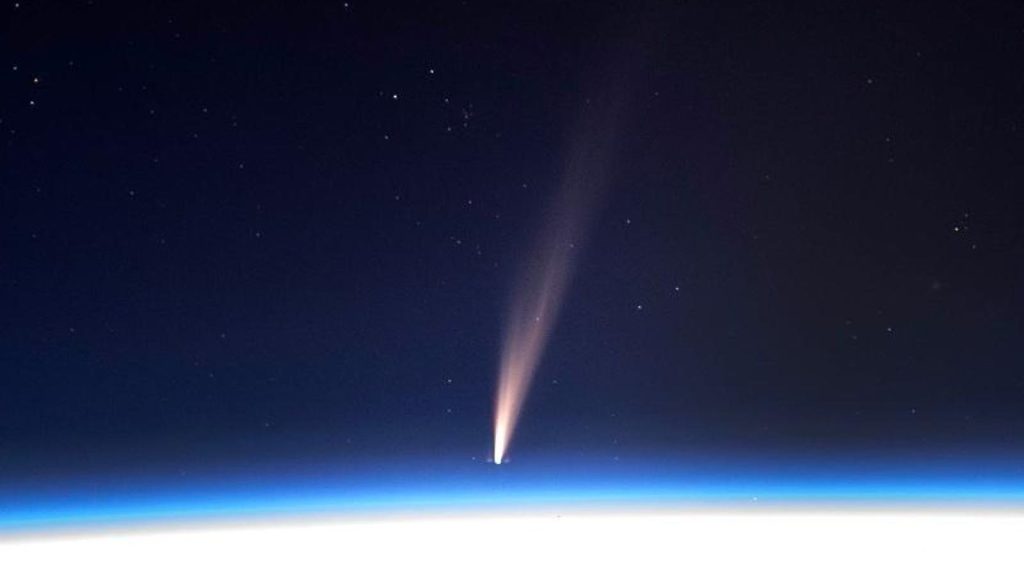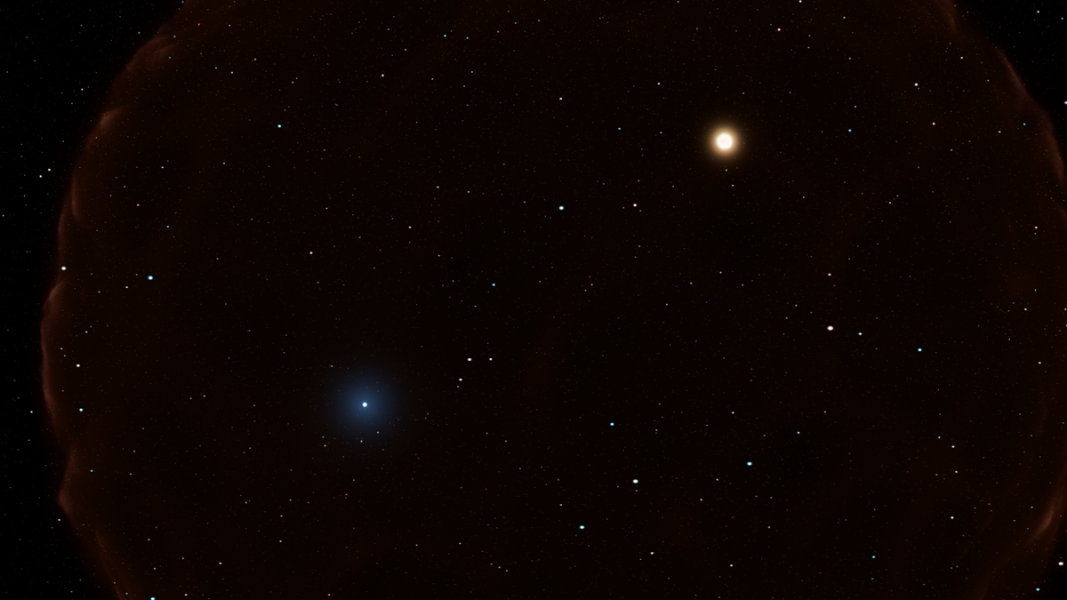Comet Suddenly Appears After 180,000 Years — How To See It Tonight – Forbes

On Jan. 12, NASA astronaut Don Pettit on the International Space Station sent back an image of comet … [+] C/2024 G3 (ATLAS).A comet that hasn’t been in the inner solar system for around 180,000 years and is not likely to be seen again for 600,000 years, is suddenly visible after sunset—but only if you know where to look.C/2024 G3 (ATLAS)—also known as comet G3—is potentially the brightest comet of 2025.NASA astronaut Don Pettit on the International Space Station sent back a wonderful image of the comet (above) as it appeared out the window of a SpaceX Dragon capsule attached to the orbiting space observatory. “It is totally amazing to see a comet from orbit,” he wrote on Instagram. “Atlas C2024-G3 is paying us a visit.” Russian cosmonaut Ivan Vagner imaged the comet a few days prior.There have been spectacular images from the ground, too, notably from astrophotographer Petr Horálek in Slovakia. “The comet was visible even to the naked eyes,” he wrote on Instagram.An exceptionally long period comet due to its highly elongated orbit, C/2024 G3 (ATLAS) likely comes from the Oort Cloud, a sphere of comets around the solar system. It reached perihelion — its closest point to the sun — on Jan. 13, 2025. Remarkably, it survived despite coming within just 8.3 million miles (13.5 million kilometers).That’s less than a third of Mercury’s average distance from the sun, though it still couldn’t rival NASA’s Parker Solar Probe, which, on Dec. 24, 2024, survived getting just 3.86 million miles (6.1 million kilometers) from the sun’s surface.However, it’s not expected back for hundreds of thousands of years, according to NASA’s Jet Propulsion Laboratory, whose calculations show that gravitational interactions will increase its time away from the sun to approximately 600,000 years.Comet C/2024 G3 (ATLAS) got so close to the sun that it “photobombed” it in the eyes of NASA’s … [+] sun-watching SOHO Observatory.Having unexpectedly survived the intense heat and gravitational forces, the comet is now visible in the evening sky. It’s now in the constellation Capricorn and around 91 million miles (146 million kilometers) from Earth, according to TheSkyLive.com.“The comet just transitioned into the evening sky on January 14th and will stick around only until January 20th or so,” wrote Bob King on Sky and Telescope. “Thereafter, it dips back under the horizon, where Southern Hemisphere skywatchers will have the best viewing circumstances for the remainder of its apparition.”This comet is best seen from the Southern Hemisphere, where it’s shining at +1.8 magnitude, high enough above the horizon to be easily seen. To see the comet tonight from the Northern Hemisphere, you’ll need to have a dark sky away from light pollution, a low western horizon and a pair of binoculars, and to be outside looking west immediately after sunset where you are.The farther south you are in the Northern Hemisphere, the more chance you will have.On Jan. 14, King at Sky and Telescope used a pair of 10×50 binoculars to find the comet, first focusing them on bright planet Venus before sweeping within a few degrees of the horizon. “18 minutes after sunset, a bright, white dot jumped out from the sea of dark ‘floaters’ that drifted across my field of vision,” he reported.If you want to know exactly where to see the comet tonight from your location, use Stellarium Web. This in-browser online planetarium allows you to pinpoint exactly where the comet is. It’s even marked, by default, on its virtual sky map.This comet was discovered in April 2024 by NASA’s Asteroid Terrestrial-impact Last Alert System, which searches for near-Earth objects.Although it was initially predicted to get as bright as Venus—currently shining brilliantly in the west after sunset—comet C/2024 G3 (ATLAS)’s future is uncertain. “If it follows predictions, the comet’s magnitude will drop from around -2.5 now to possibly +3 or fainter in a week’s time,” said Nick James at the British Astronomical Association to SpaceWeather.com. “It is quite difficult to predict how the comet will behave after its near-death encounter with the sun, so it may be a lot brighter or fainter than our predictions.”Wishing you clear skies and wide eyes. One Community. Many Voices. Create a free account to share your thoughts. Our community is about connecting people through open and thoughtful conversations. We want our readers to share their views and exchange ideas and facts in a safe space.In order to do so, please follow the posting rules in our site’s Terms of Service. We’ve summarized some of those key rules below. Simply put, keep it civil.Your post will be rejected if we notice that it seems to contain:User accounts will be blocked if we notice or believe that users are engaged in:So, how can you be a power user?Thanks for reading our community guidelines. Please read the full list of posting rules found in our site’s Terms of Service.






